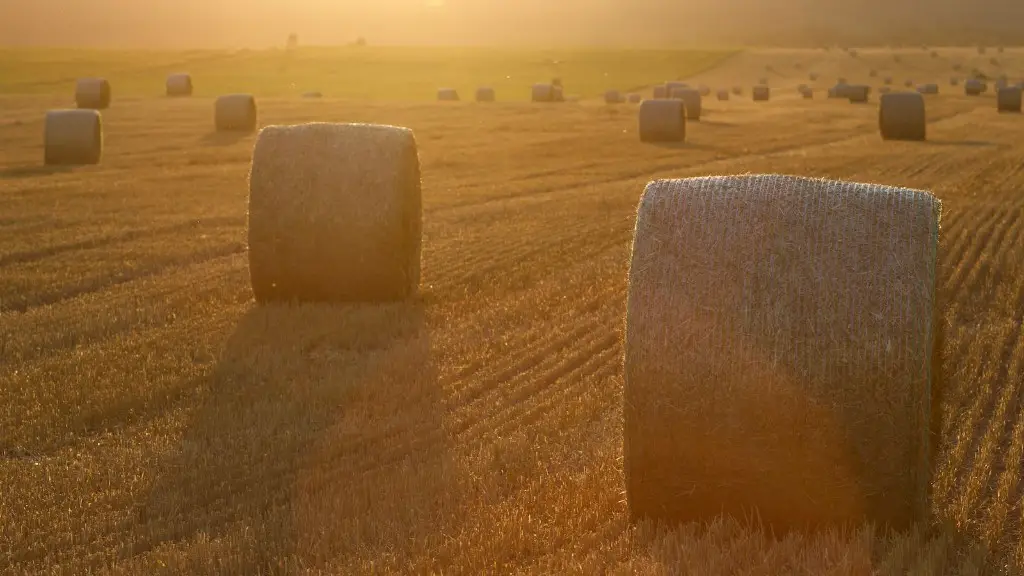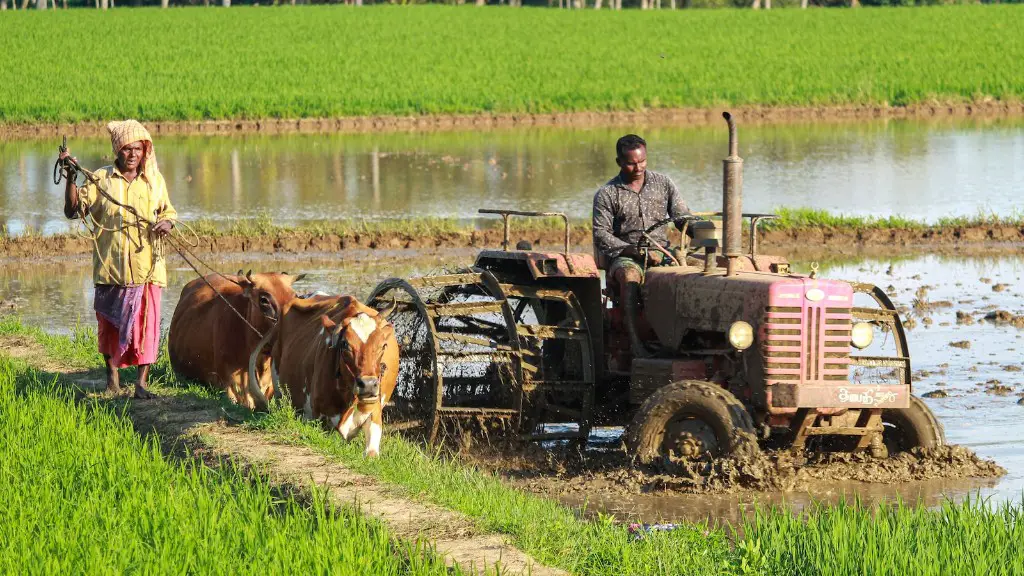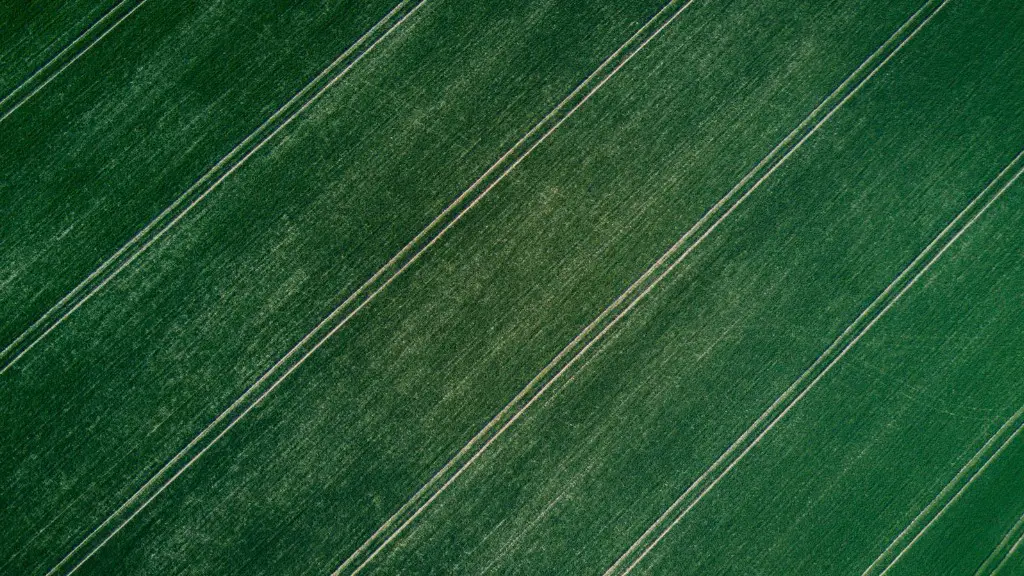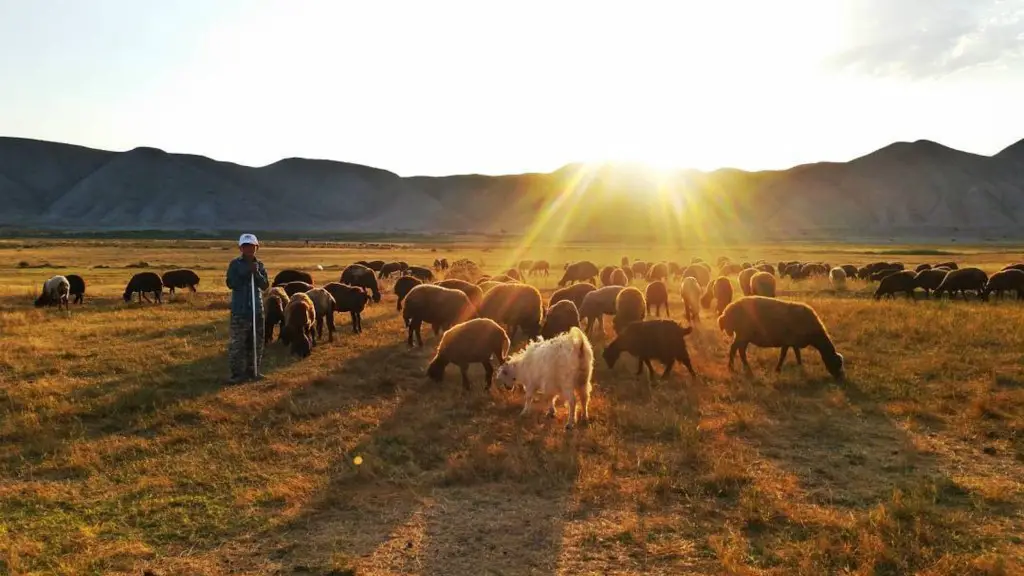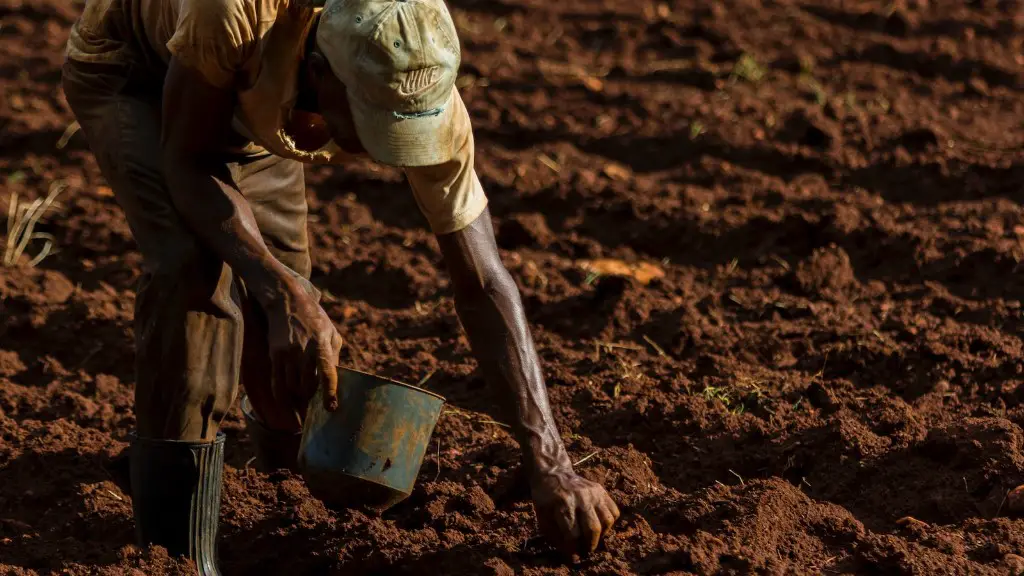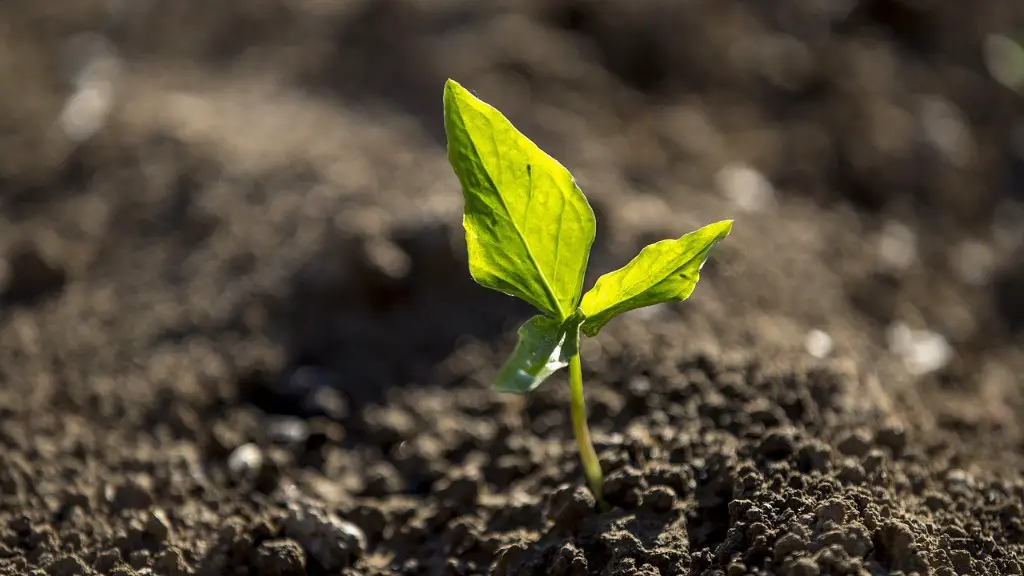Water is one of the most important natural resources. It is used in homes, industry and agriculture. Without water, life would not be possible.
Water is used in homes for drinking, cooking, bathing and cleaning. It is also used in industry for cooling, powering machinery and cleaning. In agriculture, water is used for irrigating crops, watering livestock and cleaning equipment.
Water is a limited resource and it is important to use it wisely.
In homes, water is used for drinking, cooking, washing, and other household tasks. In industry, water is used for cooling, transporting, and cleaning. In agriculture, water is used for irrigating crops, watering livestock, and cleaning equipment.
What are the uses of water in the home?
Domestic water use is the water used for all indoor and outdoor purposes at residences. This includes uses such as drinking, food preparation, bathing, washing clothes and dishes, flushing toilets, watering lawns and gardens, and maintaining pools. All these activities require different amounts of water, but they all contribute to the total domestic water use.
Industrial water is a critical resource for many manufacturing and processing facilities. The United States Geological Survey (USGS) estimates that industrial water is used for fabricating, processing, washing, diluting, cooling, or transporting a product in over 80 percent of all industrial facilities in the United States. Water is also used by smelting facilities, petroleum refineries, and industries producing chemical products, food, and paper products.
While most industrial water is used for process applications, a significant portion is also used for cooling towers, boiler feedwater, and other support activities. In addition, some industries reuse water for multiple applications, which can result in water being used several times before it is eventually discharged.
The USGS estimates that the total withdrawals of industrial water in the United States in 2010 was 34 billion gallons per day (Bgal/d), which was about 9 percent of the total withdrawals for all uses. The majority of industrial water withdrawals were from surface water sources, such as rivers and lakes, while groundwater made up a little over one-third of the total.
While the total withdrawals of industrial water have remained relatively constant over the past few decades, the way water is being used has changed. For example, the use of water for
How water use is distributed between industry agriculture and residential
Foundation water in California is shared across three main sectors: environmental, agricultural, and urban. Statewide, average water use is roughly 50% environmental, 40% agricultural, and 10% urban, although the percentage of water use by sector varies dramatically across regions and between wet and dry years.
Water is a precious resource, and it is important to understand how it is used. Of the water used each year, 70% is used for agriculture. This is enough water to cover the entire United States in 2 feet of water. Understanding how this water is allocated can help us to use it more efficiently.
What are the five uses of water in agriculture?
Agricultural water is extremely important for growing fruits, vegetables, and raising livestock. Without it, we would not have the same access to the nutritious food that we do now. Agricultural water is used for irrigation, pesticide and fertilizer applications, crop cooling (for example, light irrigation), and frost control. All of these applications are vital to the growth and production of food.
Toilet flushing is the single largest use of water in the home. Most toilets use from 4 to 6 gallons of water per flush. On average, a dishwasher uses 50% less water than washing and rinsing dishes by hand.
What industry uses most water?
Water is one of the most important resources for agriculture. Without water, crops would die and animals would dehydrate and perish. However, water is a finite resource. According to the United Nations, approximately 70 percent of the world’s freshwater is used for agriculture.
In Europe, the agricultural sector requires an estimated 44 percent of the continent’s freshwater resources. This number is even higher in some countries, such as France, where agriculture consumes nearly 70 percent of the nation’s water. With the world’s population growing and the demand for food increasing, the agricultural sector will continue to put a strain on water resources.
It is therefore essential that farmers adopt efficient irrigation practices and water-saving technologies. This will help to reduce the amount of water used for agriculture and protect this vital resource for future generations.
Water is a critical input for agricultural production and plays an important role in food security. Irrigated agriculture represents 20 percent of the total cultivated land and contributes 40 percent of the total food produced worldwide. Water scarcity and drought are major concerns in many parts of the world, and climate change is likely to exacerbate these problems. Improving water management and efficiency in agriculture is essential to ensure food security in the face of these challenges.
Why do we need water for industry
Water is a vital resource for any manufacturing or production process. It is used for cooling purposes, for cleaning and washing, and for the employees’ own use. Depending on the company’s location, water may be supplied by a public supplier or self-supplied. In either case, it is important to ensure a reliable and consistent supply of clean water.
It is true that agriculture uses the most water, and that a large portion of that water goes towards growing water intensive crops like almonds and alfalfa. However, it is also true that a large majority of the water used by agriculture goes towards big agribusiness. In California, for example, 80% of the state’s water goes towards agriculture, and of that, 20% goes to tree nuts. This means that while agriculture does use a large amount of water, the majority of that water is used by a small minority of businesses.
What is the relationship between water and agriculture?
Irrigation is one of the most important factors in agricultural production. It allows farmers to cultivate land beyond what is possible with rainfed agriculture and results in higher crop yields. In addition, irrigation can help to reduce the risk of crop failure due to drought.
The relationship between agriculture and industry is essential for the economy of any country. Agriculture provides the raw materials needed by industry and industry provides the products and services needed by agriculture. The two sectors are interdependent and each one contributes to the development of the other.
What agricultural industry uses the most water
There are a few things to consider when it comes to how much water is needed for a specific crop production. This includes the crop characteristics, environment and crop management. Each of these factors can play a role in the amount of water that is required. For example, crops that are more water intensive, such as rice, cotton and sugarcane, will require more water than crops that are less water intensive, such as tobacco, corn and sunflower. Additionally, the environment can also impact the amount of water that is required for a specific crop. If a crop is grown in an area with scarce water resources, then more water will be required to produce the crop. Finally, crop management practices can also affect the amount of water that is needed for a crop. For example, if irrigation is used, then more water will be required to produce the crop.
Agriculture irrigation accounts for 70% of water use worldwide, which means it has a significant impact on the environment. In many OECD countries, it accounts for over 40% of water use. Intensive groundwater pumping for irrigation depletes aquifers and can lead to negative environmental externalities, causing significant economic impact on the sector and beyond. Therefore, it is important to manage agriculture irrigation in a way that is sustainable and minimises negative impacts.
How is water wasted at home?
A dripping faucet, a leaking flush mechanism in your toilet, or a broken pipe can lead to significant water waste. On average, a drip can sum up to 2,000 litres in a month, which is more than enough to fill 8,400 cups of water!
If you’re looking to cut down on your water usage, then the toilet is the place to start. Newer, water efficient toilets use between 15 and 2 gallons per flush, whereas older models can use up to 8 gallons. This can lead to a significant reduction in your indoor water usage, as toilets account for around 30% of household water usage.
How much water does a home use
The average American family uses more than 300 gallons of water per day at home. Roughly 70 percent of this use occurs indoors. In addition, there are other miscellaneous uses of water in the house which may be very significant, depending on the degree of water conservation by the household.
As a result of the growing population and the need for more food, farmers are under immense pressure to increase crop production. One way to do this is to use irrigation to water their crops. However, irrigation water can come from a variety of sources, some of which may be contaminated. As a result, it is critical that farmers protect their agricultural water source to minimize the potential for contamination.
There are a few ways farmers can do this. First, they can choose an irrigation water source that is less likely to be contaminated, such as groundwater or surface water. Second, they can take steps to ensure that their irrigation system is properly maintained and operated to prevent contamination. Finally, they can test their irrigation water regularly to ensure that it is safe for use.
Warp Up
Water is used in homes for domestic purposes such as cooking, cleaning, and bathing. It is also used in industry for cooling and powering machinery, and in agriculture for irrigation and livestock.
Water is vital to our everyday lives. We use water in our homes for cooking, cleaning, and drinking. Industry uses water for manufacturing, processing, and cooling. Agriculture uses water for irrigation, livestock, and crop production. Our fresh water resources are essential to our survival and well-being.
